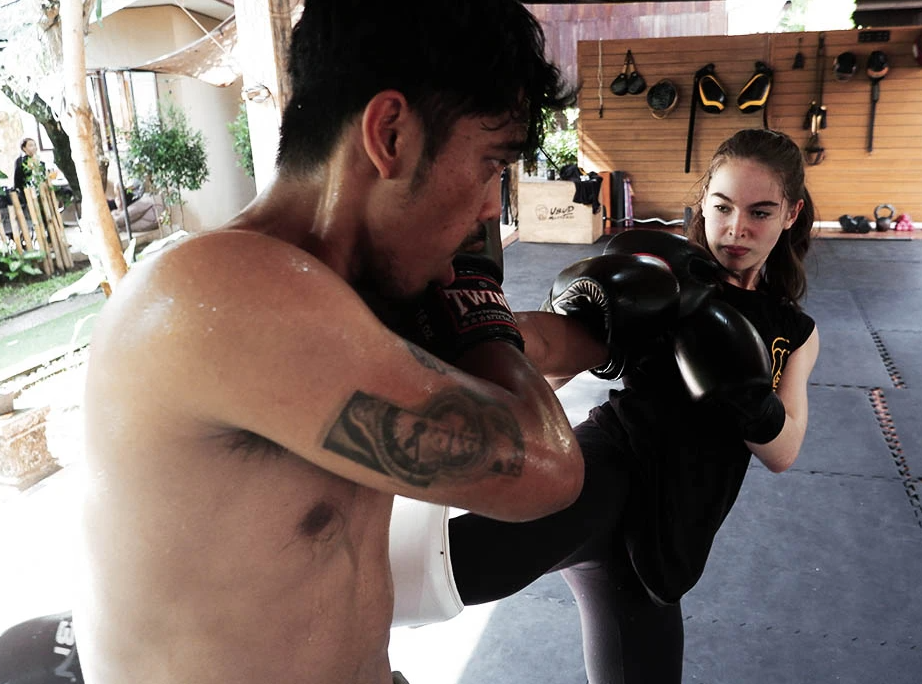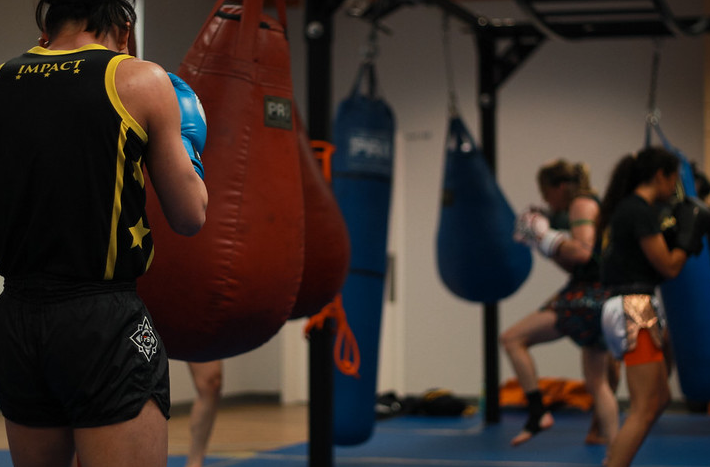Muay Thai Knowledge
Beginner’s Guide to Basic Muay Thai Techniques
History of Muay Thai
Muay Thai has a rich history that dates back hundreds of years, evolving from ancient battlefield tactics used by Siamese soldiers. It has grown into a popular sport and self-defense system practiced worldwide.
Benefits of Muay Thai
Training in Muay Thai offers numerous benefits, including improved physical fitness, self-discipline, mental toughness, and self-defense skills. It’s an excellent way to boost cardiovascular health, build muscle, and enhance overall well-being.
Fundamental Muay Thai Techniques
Stance and Footwork
The Muay Thai stance is the foundation of all techniques. It provides balance, mobility, and readiness for both offense and defense.
Key Points:
- Stand with feet shoulder-width apart.
- Keep your weight balanced on the balls of your feet.
- Hands up, elbows in, and chin tucked.
Basic Punches
Punching in Muay Thai involves precise technique and power generated from the whole body.
Jab
A quick, straight punch used to measure distance and set up other strikes.
- Extend your lead hand straight out.
- Rotate your shoulder and hip slightly.
Cross
A powerful straight punch from the rear hand.
- Rotate your hips and shoulders.
- Pivot your rear foot to generate power.
Elbow Strikes
Elbows are devastating close-range weapons in Muay Thai.
Horizontal Elbow
Delivered sideways across the opponent’s face or body.
- Swing your elbow horizontally with a twist of the hips.
Diagonal Elbow
A downward strike aimed at the opponent’s head.
- Bring your elbow down in a diagonal motion.
Knee Strikes
Knees are used to attack the opponent’s body and head.
Straight Knee
A powerful thrusting knee aimed at the opponent’s midsection.
- Thrust your hips forward as you drive your knee into the target.
Diagonal Knee
Aimed at the opponent’s ribs or head with a slight upward angle.
- Swing your knee diagonally upward.
Kicks
Kicks in Muay Thai are delivered with precision and power.
Teep (Push Kick)
Used to push the opponent away or to create distance.
- Lift your lead foot and thrust it forward like a jab.
Roundhouse Kick
A powerful kick aimed at the opponent’s legs, body, or head.
- Swing your leg in a circular motion, rotating your hips for maximum power.
Defensive Techniques
Defense is as important as offense in Muay Thai.
Block
Using the arms or legs to block incoming strikes.
- Raise your arm or leg to absorb the impact.
Parry
Redirecting the opponent’s strike away from your body.
- Use a quick, precise motion to deflect the attack.
Training Tips for Beginners
Consistency is Key
Regular training is essential to mastering Muay Thai techniques. Aim for consistent practice to build muscle memory and improve your skills.
Focus on Technique
Prioritize proper technique over power. Mastering the correct form will make your strikes more effective and reduce the risk of injury.
Conditioning
Muay Thai requires a high level of fitness. Incorporate conditioning exercises such as running, skipping, and strength training into your routine.
Sparring and Drills
Sparring with a partner and practicing drills are crucial for applying techniques in real-time scenarios. Start slow and gradually increase intensity.

Common Mistakes to Avoid
Poor Stance
Maintaining a proper stance is vital. Avoid standing too tall or too wide, as it can compromise your balance and mobility.
Telegraphing Moves
Avoid signaling your intentions to your opponent. Keep your movements fluid and unpredictable.
Neglecting Defense
A strong defense is crucial. Don’t focus solely on offense; practice blocking, parrying, and evading strikes.
Conclusion
Muay Thai is a challenging yet rewarding martial art that offers numerous physical and mental benefits. By mastering the basic techniques outlined in this guide, you’ll build a solid foundation and set yourself up for success in your Muay Thai journey. Remember, consistency, proper technique, and a positive attitude are key to progress.
FAQs
What are the basic Muay Thai techniques? The basic Muay Thai techniques include the stance and footwork, punches (jab and cross), elbow strikes (horizontal and diagonal), knee strikes (straight and diagonal), and kicks (teep and roundhouse).
How often should a beginner train in Muay Thai? Beginners should aim to train 2-3 times per week to build a solid foundation and gradually increase the frequency as they become more comfortable with the techniques.
What equipment do I need to start Muay Thai? Basic equipment includes hand wraps, gloves, shin guards, and a mouthguard. Comfortable workout attire and access to a punching bag or pads are also beneficial.
Can I practice Muay Thai at home? Yes, you can practice basic techniques and conditioning exercises at home. However, training at a gym with a qualified instructor is recommended for proper guidance and sparring opportunities.
Is Muay Thai suitable for self-defense? Yes, Muay Thai is highly effective for self-defense due to its practical techniques and focus on powerful strikes.
How long does it take to learn Muay Thai? The time it takes to learn Muay Thai varies based on individual dedication and training frequency. Consistent practice over several months can lead to significant improvement in skills and fitness.

